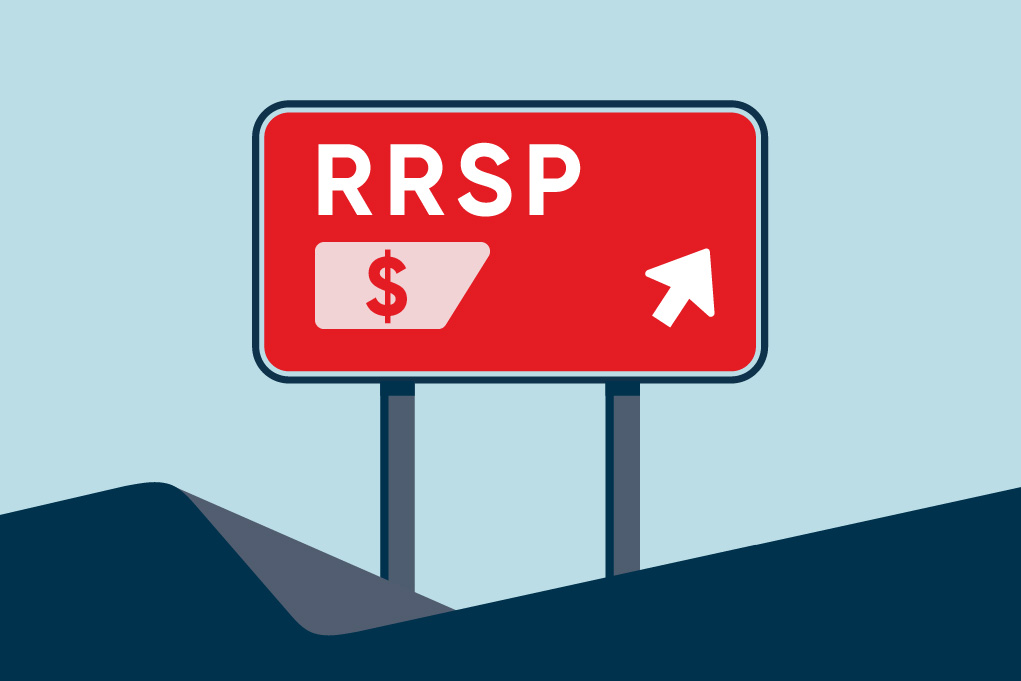As the RRSP deadline for 2024 approaches, many Canadians are evaluating their options to maximize their retirement savings. Registered Retirement Savings Plans (RRSPs) offer a valuable tool for building a financially secure future, but understanding the intricacies of contribution limits, deadlines, and carry-forwards is essential for making the most of these accounts. In this guide, we’ll explore everything you need to know to save for retirement in your RRSP account.
When Is The Last Day For RRSP Contributions in 2024?
Canadians have 60 days after the end of the fiscal year to invest in their RRSP account. Typically, the deadline for RRSP contributions falls on March 1st. However, since 2024 is a leap year, the RRSP deadline will come a day early for Canadians.
The last day to contribute to your RRSP account is February 29th, 2024.
How To Open An RRSP Account Online in Canada
Opening an RRSP account online in Canada has never been easier. The best investing apps make it quick and easy to sign up for an RRSP account using your laptop or mobile device. New users can even receive free cash just for signing up and funding their retirement account.
Here’s a step-by-step guide to help you get started on your journey toward saving for retirement:
Step 1: Choose An Investing Platform
To sign up for an RRSP account online, Canadians must first choose an investment platform. With low fees, commission-free trading, and excellent research tools, Questrade, Wealthsimple, and QTrade are among the best investing apps in Canada.
For this example, we’ll walk users through how to sign up for an account with Questrade, one of the best stock trading apps in Canada.
Step 2: Complete The Application
Fill out the online application form with your personal information, including your name, address, date of birth, and social insurance number (SIN).
Step 3: Verify Your Identity
Follow Questrade’s instructions to verify your identity, which may involve uploading copies of identification documents, such as your driver’s license or passport.
Step 4: Fund Your Account
The final step to opening an RRSP at Questrade involves funding your account. Questrade offers several easy-to-use payment options, including Interac e-transfer, bill payment, or instant deposits using your debit card.
Once your application is approved, fund your RRSP account with a minimum balance of $1,000 to complete the registration process.
How To Find Your RRSP Contribution Limit
Your RRSP contribution limit is calculated based on your earned income and any pension adjustments from the previous year.
You can find your contribution limit on your Notice of Assessment from the Canada Revenue Agency (CRA), which is typically issued after you file your taxes each year. You can also view your RRSP contribution limit by loggin into their CRA My Account.
How Is RRSP Contribution Room Calculated?
RRSP contribution room is calculated as 18% of your earned income from the previous year, up to a maximum annual limit set by the CRA.
Note: Pension adjustments and any unused contribution room from previous years are also factored into the calculation.
Does RRSP Room Carry Forward?
Yes, RRSP contribution room can be carried forward to future years if you don’t maximize your contributions. This means that if you’re unable to contribute the full amount in one year, you can carry forward the unused portion to future years, allowing you to catch up on your contributions when it’s most convenient for you.
What Is The Maximum RRSP Contribution Limit For 2025?
Next year, the maximum RRSP contribution limit is set at $32,490. This limit represents the maximum amount individuals can contribute to their RRSPs to receive tax benefits for the 2024 tax year.
RRSP Deduction Limit vs RRSP Contribution Limit
It’s essential to understand the difference between your RRSP contribution limit and your RRSP deduction limit. Your contribution limit is the maximum amount you can contribute to your RRSP in a given year, while your deduction limit is the maximum amount you can deduct from your income for tax purposes. Your deduction limit may be lower than your contribution limit if you have unused contributions carried forward from previous years.
RRSP Investment Options in Canada
In Canada, Registered Retirement Savings Plans offer a wide range of investment options to help individuals save for retirement. Canadians can save for retirement by taking advantage of several different investment options, including buying RRSP stocks, ETFs, and more.
Here are some common RRSP investment options for Canadians in 2024:
Stocks
Investing in the best Canadian stocks allows you to own shares of publicly traded companies. It offers the potential for high returns but also comes with higher risks. When it comes to RRSP investing, many professionals recommend low-risk investments, like dividend stocks and Canadian bank stocks, which provide a stable income stream and the potential for long-term growth.
Bonds
Bonds are fixed-income securities issued by governments or corporations. They provide regular interest payments and are generally considered lower risk compared to stocks.
Mutual Funds
Mutual funds pool money from multiple investors to invest in a diversified portfolio of stocks, bonds, or other assets managed by a professional fund manager.
Exchange-Traded Funds (ETFs)
ETFs are investment funds that trade on stock exchanges and aim to replicate the performance of a specific index, commodity, or asset class. They offer diversification and lower fees compared to mutual funds.
Guaranteed Investment Certificates (GICs)
GICs are low-risk investments offered by banks and credit unions that guarantee the return of the principal amount plus interest over a specified period.
Index Funds
Similar to ETFs, index funds aim to track the performance of a specific market index but are typically managed by traditional mutual fund companies.
Real Estate Investment Trusts
REIT stocks are companies that own, operate or finance income-producing real estate. Investing in REITs provides exposure to the real estate market without directly owning property.
Savings Accounts
Some RRSP providers offer high-interest savings accounts as an investment option. While they offer security and liquidity, they generally provide lower returns compared to other investment options.
Annuities
Annuities provide a guaranteed stream of income for a specified period or for life in exchange for a lump-sum payment. They can offer stability and longevity protection in retirement.
Commodities
Investing in commodities such as gold, silver, oil, or agricultural products can provide diversification benefits and hedge against inflation but can also be volatile.
RRSP Contribution Limit by Year (1991-2024)
| Tax Year | RRSP Contribution Limit |
|---|---|
| 2024 | $32,490 |
| 2023 | $30,780 |
| 2022 | $29,210 |
| 2021 | $27,830 |
| 2020 | $27,230 |
| 2019 | $26,500 |
| 2018 | $26,230 |
| 2017 | $26,010 |
| 2016 | $25,370 |
| 2015 | $24,930 |
| 2014 | $24,270 |
| 2013 | $23,820 |
| 2012 | $22,970 |
| 2011 | $22,450 |
| 2010 | $22,000 |
| 2009 | $21,000 |
| 2008 | $20,000 |
| 2007 | $19,000 |
| 2006 | $18,000 |
| 2005 | $16,500 |
| 2004 | $15,500 |
| 2003 | $14,500 |
| 2002 | $13,500 |
| 2001 | $13,500 |
| 2000 | $13,500 |
| 1999 | $13,500 |
| 1998 | $13,500 |
| 1997 | $13,500 |
| 1996 | $13,500 |
| 1995 | $14,500 |
| 1994 | $13,500 |
| 1993 | $12,500 |
| 1992 | $12,500 |
| 1991 | $11,500 |





